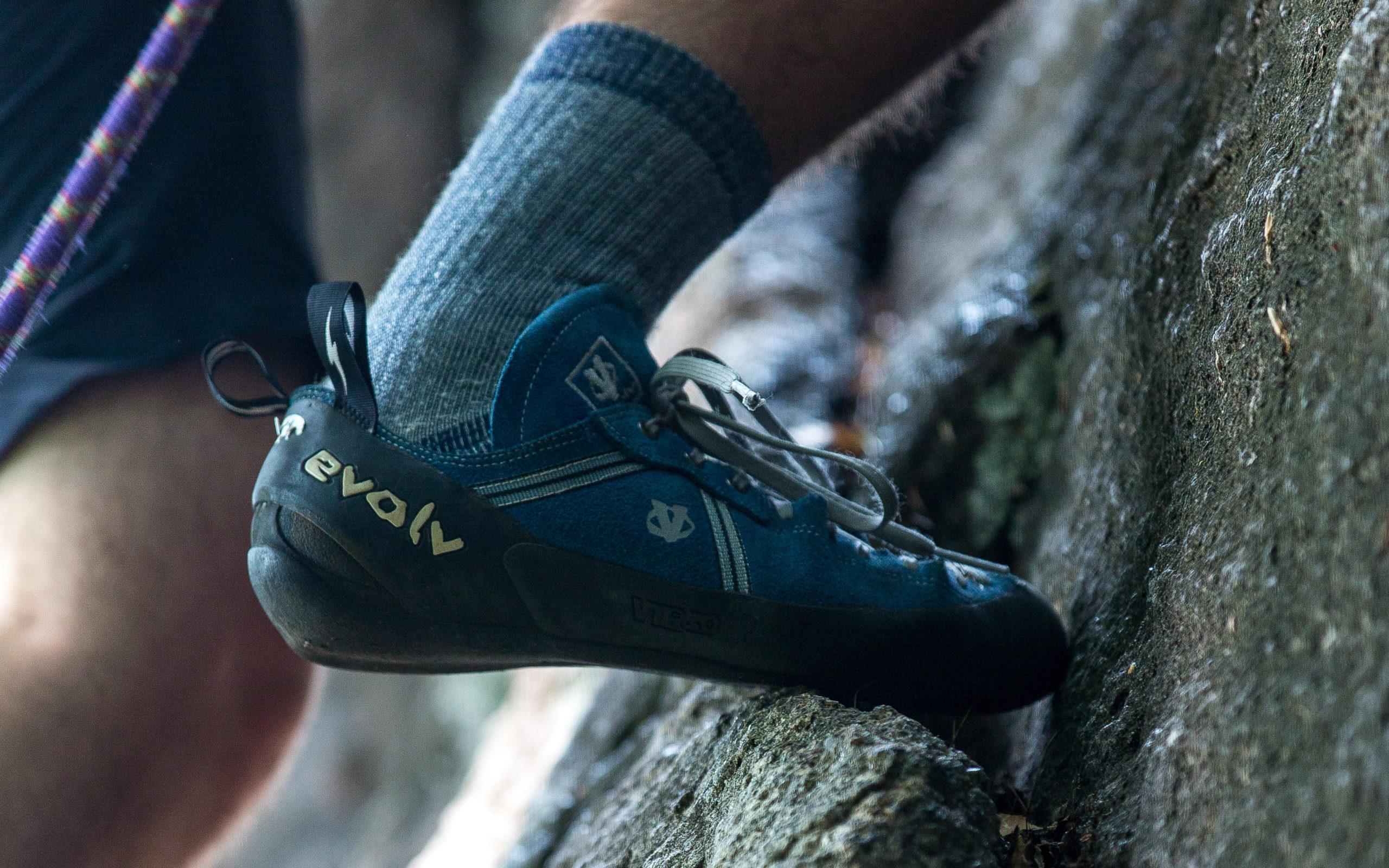Are You Wearing the Right Shoe Size to Climb Kilimanjaro?
Are You Wearing the Right Shoe Size to Climb Kilimanjaro? You most likely believe that the shoes you’re wearing are the right size for your feet. But numbers indicate that you’re probably not right.
A survey of more than 2,000 adults found that one-third of guys wear shoes that don’t fit right. Half of women who took part in the study said they were wearing shoes that didn’t fit. Making the same mistake on a mountain can really end your trip, but on a daily relaxed jaunt, you might get away with it.
If your shoes or boots don’t fit right, you might have trouble climbing Kilimanjaro. People often get blisters when their shoes rub against their skin all the time. Blisters start out as “hot spots” and then bubble up as fluid builds up between the top layer of skin and the layers below it. “Toe bang” is the sound your toes make when they hit the front of your toe box. This usually happens when you’re going downhill. The constant touching can lead to soreness, swelling, and bruises. If your feet are black, you definitely have toe bang.

How to Size Casual Shoes
This is a table that shows how to size casual shoes. Keep in mind that this is just a beginning. It’s possible that you’ll need a bigger size than what the table shows for hiking boots and trail shoes.
It’s not true what most people think—your toes shouldn’t touch the end of your shoes. As a general rule, there should be half an inch of room between your longest toe and the front of the shoe.
To achieve this, some people say to buy shoes that are a half size longer than your width. Check the space between the toes with your thumb for a quick test. Along the same lines, there should be some room on the sides of the shoe.
What size are hiking shoes?
You might be able to fit your everyday walking shoes in the half-inch of room. For hiking, though, you can add up to an inch of space because your feet will swell more during a long, strenuous walk than during a normal day at work. Additionally, you should consider wearing thicker socks or using two pairs of socks. The tips of your toes should never touch the inside of your shoe or boot.
When choosing the right size hiking shoes, keep these things in mind:
Foot Swell: As we mentioned previously, don’t forget to think about how your feet might swell. The constant pressure of the ground and the extra flow of blood and other fluids can make your feet swell when you walk for a long time. Usually, this swell is between half and full size. So, at the end of the day, when your feet are swollen, put on shoes a size larger than you think you need. If you buy shoes that are too small, they will hurt you much more than if you size up.
Toe Box: The toe box is the part of the shoe that goes around the front of your foot. It needs to be big and cozy. You should be able to move your toes around in the toe box. The amount your toes swell will depend on how much your foot grows, so make sure your toes don’t feel squished in your shoes at home.
There should be enough room in your shoes for your toes to move around, but not so much that your whole foot moves.
Sheepskin:
The heel cup is the part of the boot that holds and cushions your heel. The heel bone helps you move, just as your toes assist in maintaining your balance. There shouldn’t be any unevenness or off-balance where the heel sits.
A professional at an outdoor shop like REI can help you find the right size hiking boots or shoes. It’s also helpful to try out different ways to tie your shoes while you’re hiking to find the best way for you. If you change the way you tie your boots’ laces, they might fit better and be more comfortable.

















